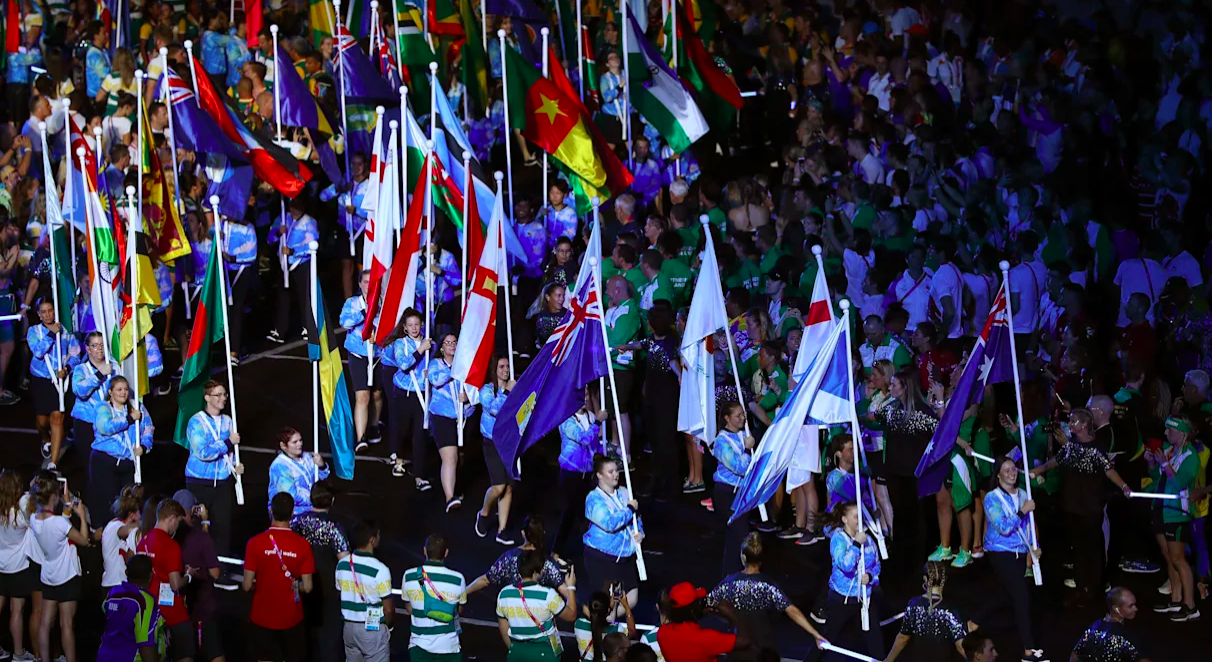

X
This site uses cookies. By continuing to use this site you agree to our use of cookies. To find out more, see our Privacy Policy and Cookie Policy.

Flags are among the most recognisable symbols on Earth. They flutter proudly from government buildings, mark ships at sea, and feature in global sporting events — but have you ever wondered how many different flags there are in the world? The answer is more complex (and fascinating) than you might think.

There are currently 195 countries in the world, each represented by its own national flag:
That means there are 195 official national flags in use today. Each design carries deep meaning, often reflecting a country’s history, geography, culture, and values.
For example:
But national flags are just the beginning. Many regions, territories, and states also have their own unique flags. For example:
When you include subnational and regional flags, the number easily rises into the thousands.
Flags are not limited to nations or regions. Many international organisations and movements have their own flags too — symbols of shared identity or purpose.
Some examples include:
If you include all organisational, cultural, and political flags, the global total reaches well over 10,000 unique designs.
Despite their differences, all flags share a common purpose: to communicate identity and unity through colour and design. A flag can tell a story at a glance — of independence, faith, struggle, or pride. That’s why flags continue to hold such emotional and cultural power across the globe.
If you’re counting only national flags, the number is 195.
But if you include regional, territorial, organisational, cultural, and historical flags, the number easily exceeds 10,000 — and continues to grow as new communities and causes create symbols of their own.
From the stars and stripes of the United States to the tricolour of France and the simple red circle of Japan, every flag tells a story. Together, they form a colourful tapestry of the human experience — a world united in its diversity, stitched together by symbols of pride, belonging, and hope.